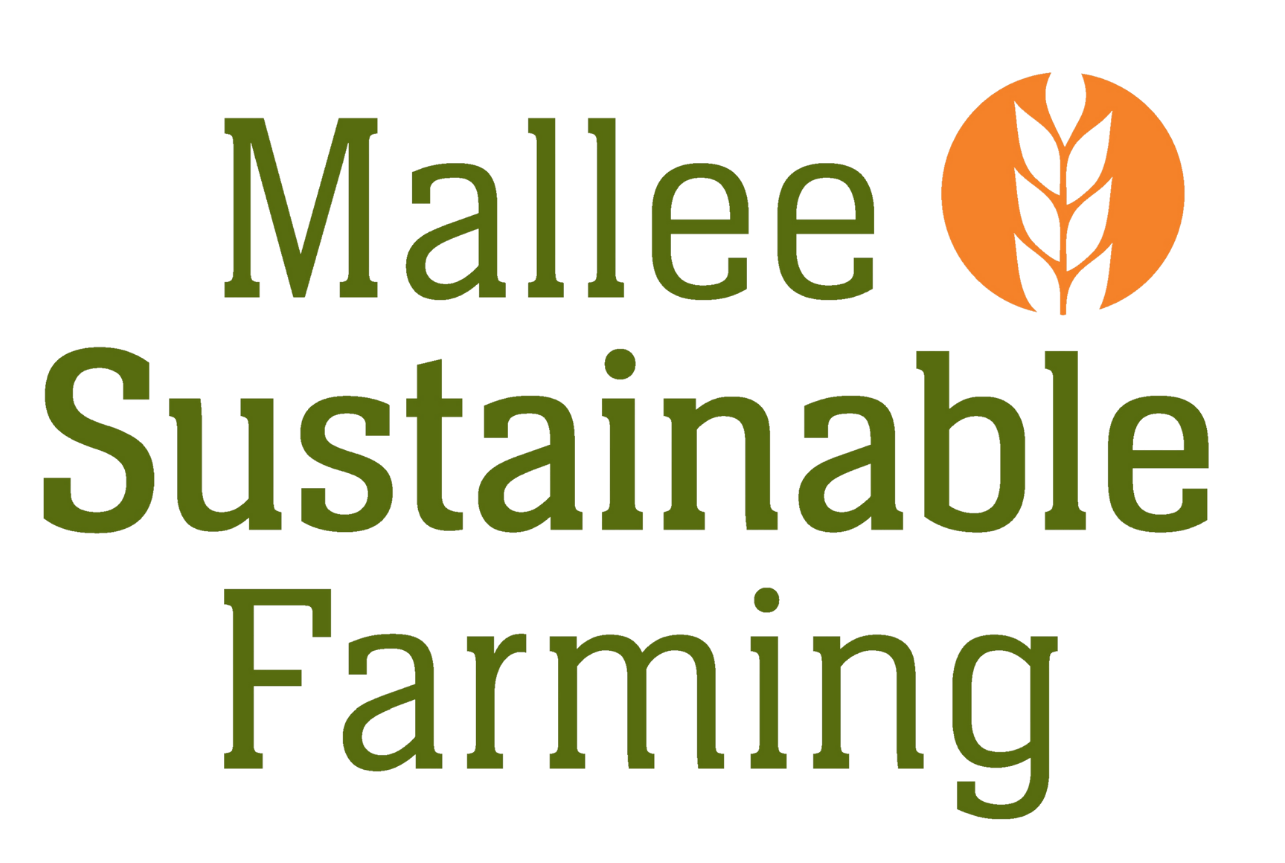
In the quest for better crop establishment and resilience in challenging environments, work continues to explore the potential of long coleoptile varieties. This innovation could provide another tool in tool kit for improving crop establishment outcomes the Mallee region and beyond.
In a recent episode of the MSF Farm Talk podcast, experts Dr. Therese McBeath, CSIRO and Research Agronomist Andrew Ware, EPAG Research, shared their latest research and insights on how long coleoptiles have performed in the field.
This blog post distils key takeaways from their discussion, offering valuable information for farmers and advisers.
Research Sites and Findings
Dr. McBeath has been working on two key sites in the Mallee—Lowaldie in the Southern Mallee and Waikerie in the Northern Mallee. In the 2023 growing season, despite a very dry start at Waikerie, there were notable benefits of deeper sowing. Planting at about 11 cm allowed the crops to access moisture below the dry surface layer, although this did not translate into a yield benefit due to the overall dry season.
At Lowaldie, the focus was on repellent sand, comparing the use of deep sowing with and without spading. Long coleoptiles showed promise in these ameliorated sands, particularly in preventing furrow infill and drift.
The Importance of Soil Type
Soil type plays a crucial role in the success of long coleoptile varieties. Andrew Ware highlighted contrasting results from two sites on the Eyre Peninsula—Wharminda, with its sandy soil and non-wetting top layer, and Ungarra, with a heavier clay loam. While sandy soils allowed for deeper sowing with better available moisture at 8-10cm depth, the heavier soils posed challenges in seed establishment, particularly at greater depths. This is largely due to a greater soil moisture requirement in heavier soils before it becomes plant available.
Key Considerations for Implementing Long Coleoptiles
- Soil Type: Understand the specific characteristics of your soil, including texture and moisture supply capabilities.
- Seeding Setup: The way the seeder is set up, including the type of openers and fertiliser placement, significantly affects seedling vigour and establishment.
- Soil Strength: Soil strength in the seed bed can impact on emergence therefore knowing the soil type and how it can impact emergence particularly when deep sowing is necessary to optimise seed placement.
- Moisture Levels: Identifying the critical amount of moisture required for germination at different depths is essential for successful deep sowing.
Current Trials and Observations
Both Therese and Andrew are conducting ongoing trials to refine these techniques. Early results from the Mallee region show promising establishment from deeper sown crops, even in dry conditions. These findings are crucial for understanding the triggers for deep sowing and optimising the use of long coleoptiles.
Potential Applications and Future Developments
The use of deep sowing is seen as a risk management tool, allowing farmers to expand their sowing window into earlier parts of the season. While current varieties might come with a yield penalty, ongoing breeding efforts aim to develop better-adapted cultivars that can leverage this technology more effectively.
Long coleoptile varieties offer an exciting avenue for improving emergence outcomes in challenging conditions. By understanding the effect of soil type on triggers for deep sowing success, optimising seeding setups, and carefully monitoring moisture levels, farmers can significantly enhance their crop establishment and resilience. Stay tuned for more updates from our ongoing research and trials and consider how these insights might be applied to your farming practices.
This information has been brought to you as part of the ‘Developing robust ground cover to enable resilience in low rainfall mixed farms’ project through funding from the Australian Government’s Future Drought Fund.
We also acknowledge the GRDC project “Integrating long coleoptile wheat into Australian farming systems through an integrated understanding of genetics, management and environment”
For more info visit the Robust Groundcover project page.
Listen to the podcast Deep seeding success – insights from long coleoptile trials











